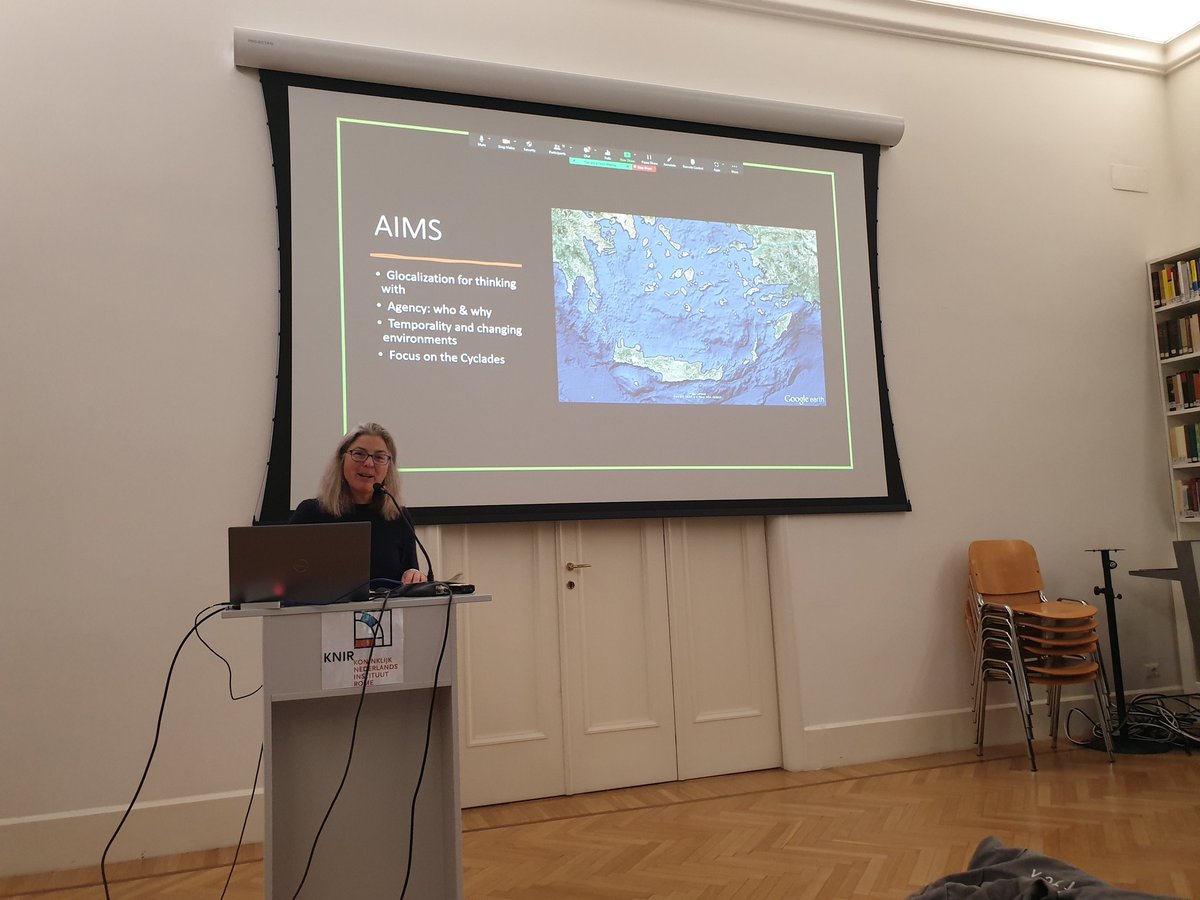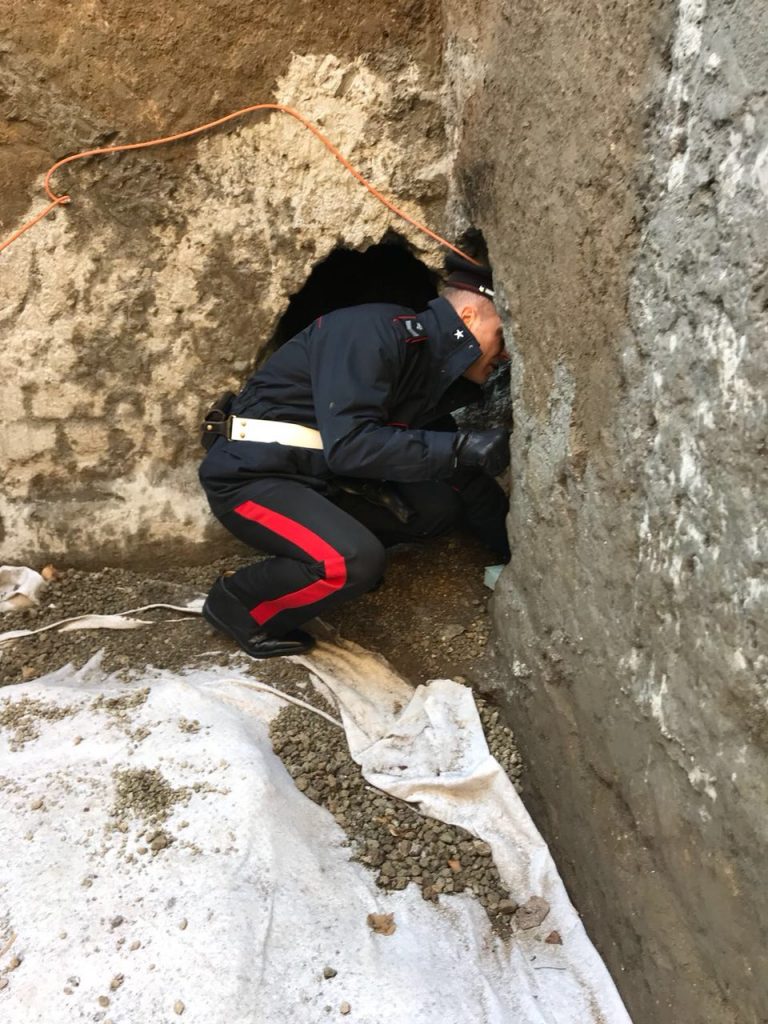
¿Me acompañas de #VisitaRomana? Hoy nos trasladamos a #Pompeya, y viajamos en el tiempo al 5 de febrero del año 63, fecha en la que, según Séneca, un fatídico terremoto sacudió la región y arrasó gran parte de la ciudad... 



Curiosamente, el autor menciona que algunas estatus y edificios sucumbieron e incluso 600 ovejas perecieron debido a la presencia de gases tóxicos. Dos relieves de la casa de Cecilio Jocundo nos muestran lo desastroso del evento en la ciudad 



En la primera de las placas podemos observar cómo el templo a Júpiter y algunas zonas del foro quedaron afectadas... 

En la segunda placa, hoy perdida, vemos cómo parte de la muralla, la llamada Puerta del Vesubio y el depósito de agua principal de la ciudad quedaron afectados 

Sin duda alguna, el propietario de la casa atribuida a Cecilio Jocundo experimentó el evento y quiso dejar constancia del mismo, quizás junto al espacio más sagrado de la mansión, para protegerse de futuros desastres... pero desconocía que este era el preludio de la erupción 

La arqueología nos ha mostrado más caras de esta destrucción que supuso un aviso, 17 años antes, de lo que se avecinaba. Muchos edificios tuvieron que ser reconstruidos con distintos materiales 





En el suburbio, Villa Regina tuvo que apuntalar algunas de sus estancias, y otros tantos edificios tuvieron que ser reforzados 

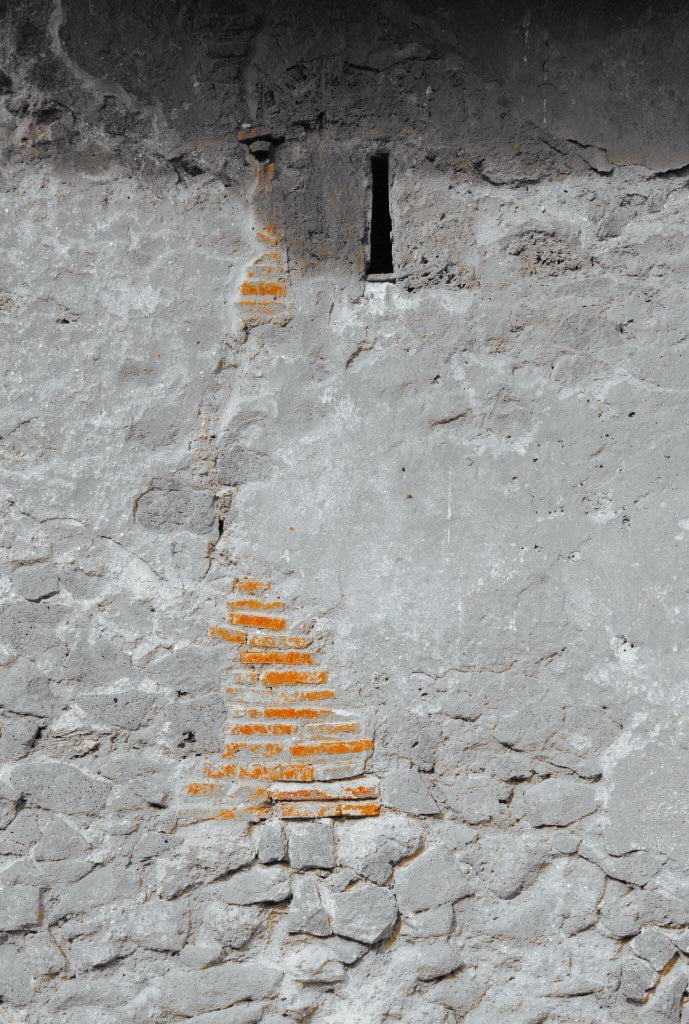
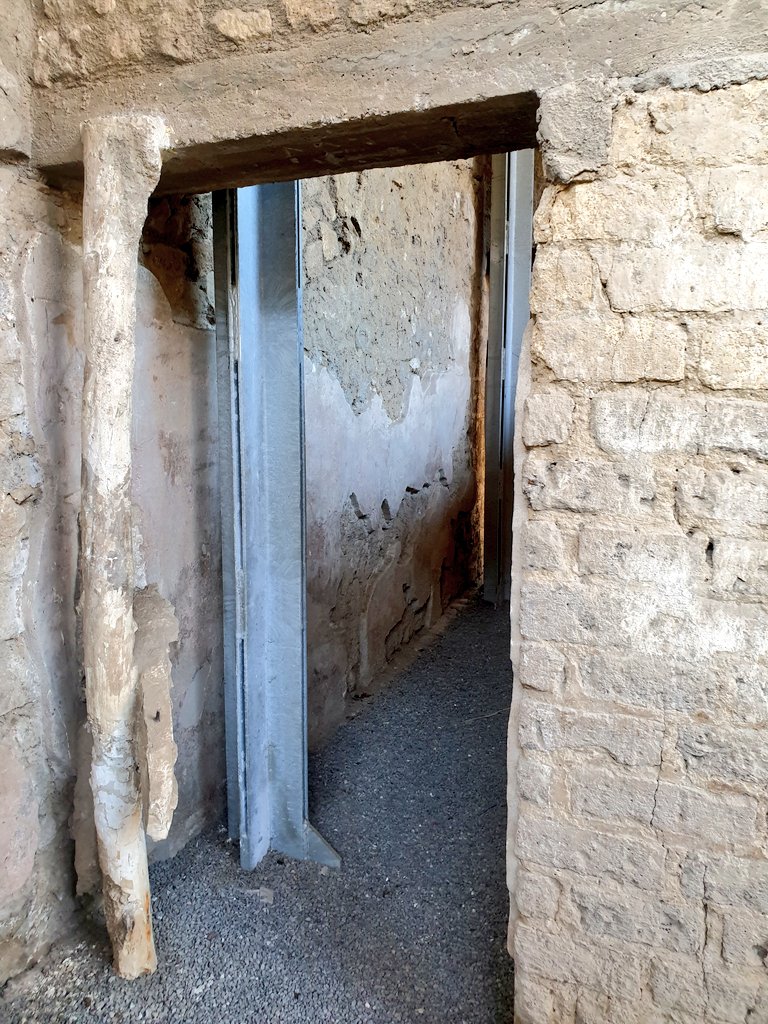
Pero el nivel de arrasamiento fue tal en algunos casos que tuvieron que realizarse nuevos proyectos. Ese fue el caso del santuario de Isis, levantado desde los cimientos, siguiendo la moda del IV estilo pompeyano. La placa que conmemora esta novedosa empresa 




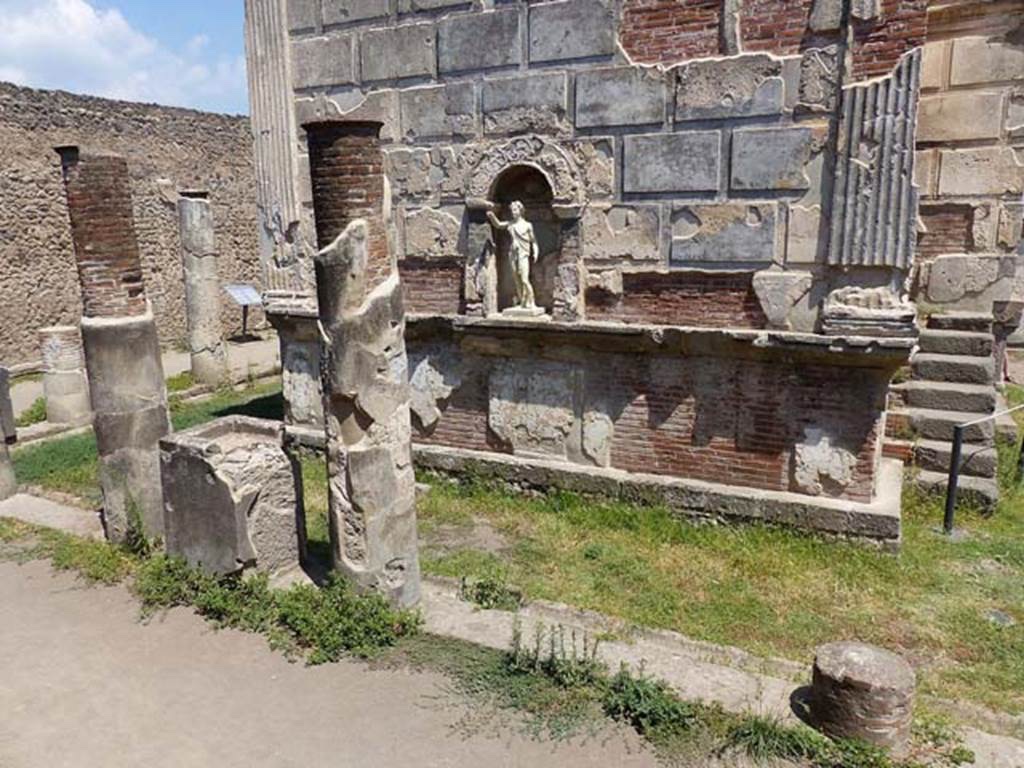


La mayor parte de los edificios públicos (incluido el anfiteatro) fueron restaurados. Los grandes templos públicos, paradójicamente, nunca fueron reconstruidos del todo. Uno de los casos más paradigmáticos es el santuario de Venus, aun en reconstrucción 17 años después, en 79 d.C 

¿Ocurrió realmente un 5 de febrero del año 63? Tácito, por el contrario, indica el año 62 como fecha del desastre que afectó a otras ciudades como Herculano o Estabia. Los autores creen que, quizás, el evento ocurrió en el invierno de 62-63, produciéndose varios seismos 

Imaginar el pánico tras el desastre, y cómo 17 años después, durante los primeros templores al inicio de la erupción todo parecía repetirse... nos hace pensar en cómo pudo ser el trauma que los pompeyanos vivieron en aquellos momentos 

• • •
Missing some Tweet in this thread? You can try to
force a refresh



